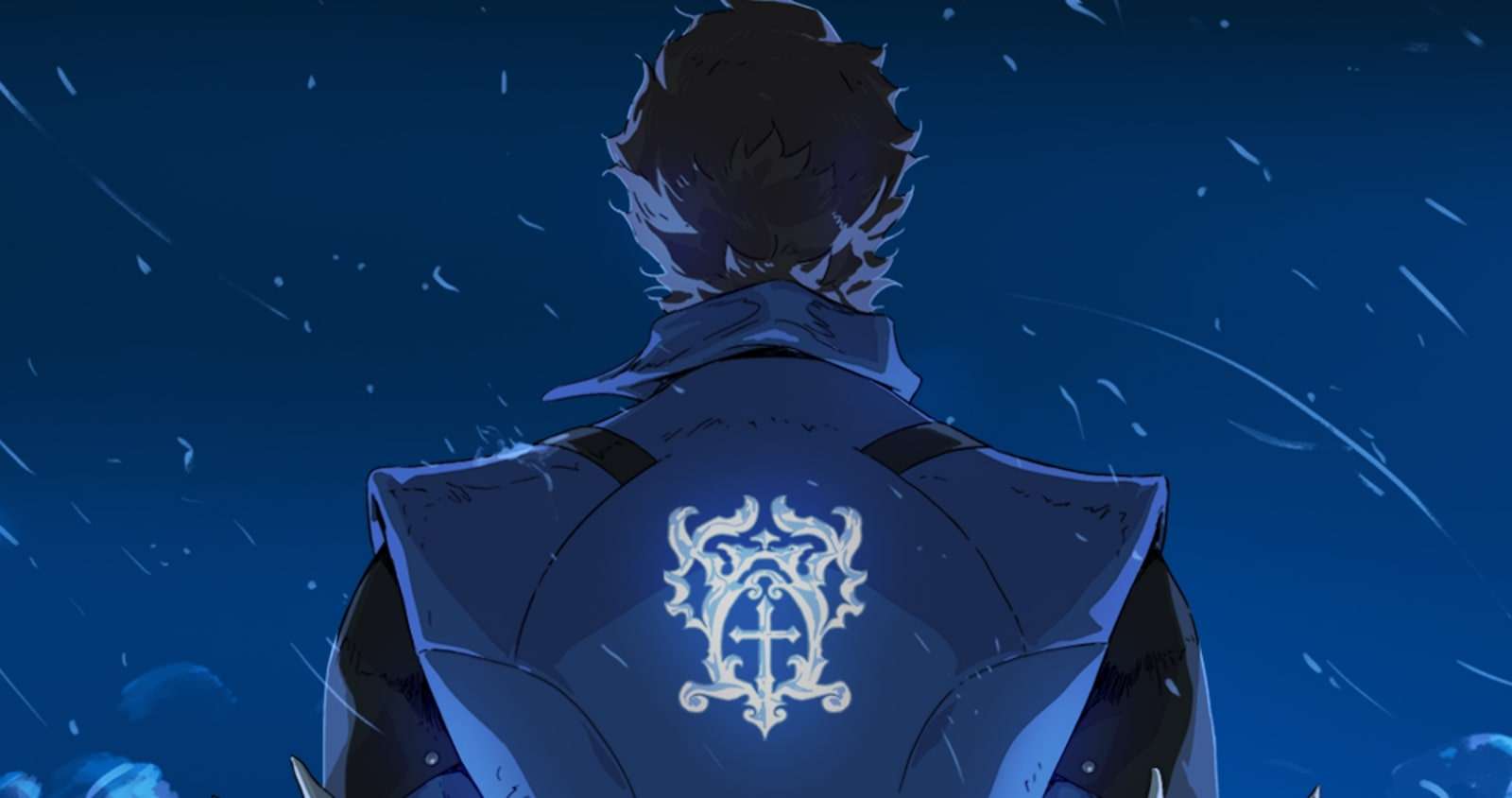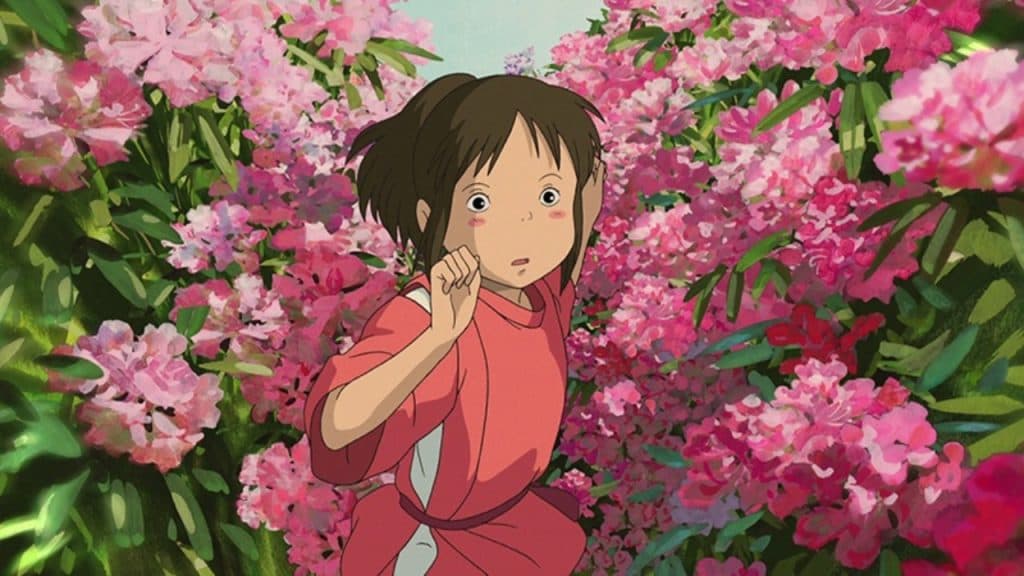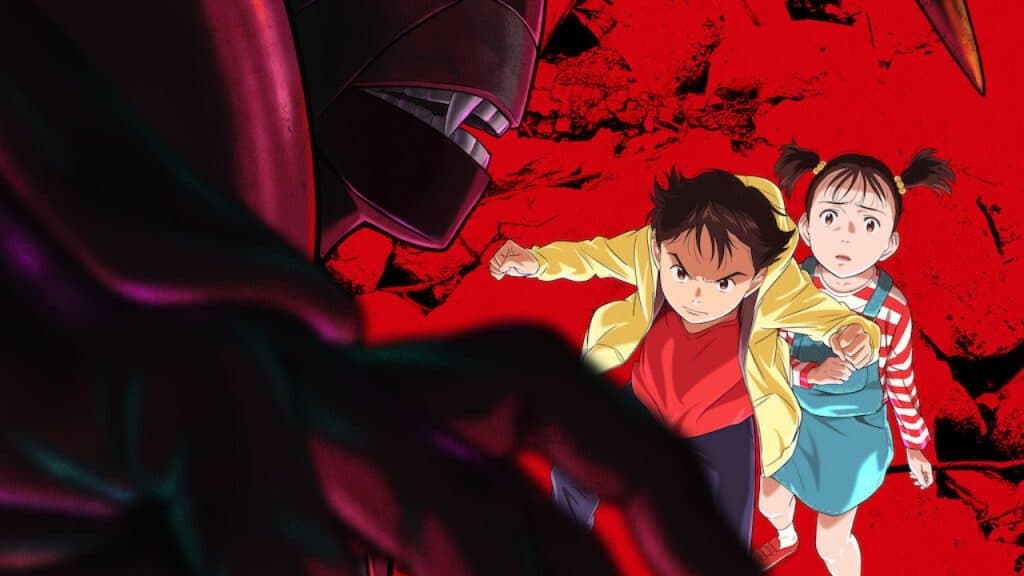Is Netflix changing the meaning of anime?
 Netflix
NetflixWith new original series and a vast library of classics, Netflix is making waves in the anime industry. But can Netflix original anime be considered anime at all?
The popularity of anime has recently skyrocketed around the world, captivating people of all ages and genders. However, with its growing fanbase, the industry has also undergone a significant transformation.
The line between what constitutes anime and animation is blurring, thanks in part to streaming giants such as Netflix. But now Netflix has exclusive distribution rights on shows like The Seven Deadly Sins, and is creating its own original “anime” series made for a Western audience, the industry’s transformation could see it becoming unrecognizable for fans.
So can anime really be made in America? Will Netflix become one of the biggest anime studios? This is how the streaming giant is changing the meaning of anime – for better or for worse.
Netflix and anime: A brief history
In 2014, after dipping its toes into the world of anime, Netflix took the plunge and produced its first original series based on the manga Knights of Sidonia. Things only grew from there. Over the following years, Netflix exclusively licensed several popular anime series, including the popular Little Witch Academia from Studio Trigger, cementing the streaming giant as a serious contender against big names like Crunchyroll and Funimation.
Then in late 2017, Netflix made another significant commitment to anime. They announced an $8 billion investment to make 50% of their content library original, encompassing various genres, with anime being a focal point. By 2021, Netflix’s Chief Anime Producer, Taiki Sakurai, revealed an ambitious plan to release 40 new anime shows a year, demonstrating the streaming giant’s strong dedication to the anime industry.
In addition to its existing anime library, which includes beloved Studio Ghibli works and classics like FullMetal Alchemist: Brotherhood, Netflix ventured into producing original anime shows that we know and love today, including Castlevania: Nocturne, Captain Laserhawk and its latest hit Pluto. But can anime really be made in America?
To answer the question, we first have to look into the definition of anime.
What is the definition of anime?
 Studio Ghibli
Studio GhibliTraditionally, anime refers to hand-drawn, computer-generated animation exclusively produced in Japan, and with significant Japanese creative input as popularised by Studio Ghibli and MAPPA.
However, Netflix has set in motion a challenge to this conventional understanding of anime. By providing funding and producing series in an anime style intended for a Western audience, as seen in the case of Castlevania, a debate has erupted within the anime community. This debate centers on drawing the line between anime and Western cartoons.
For some, the inclusion of popular series like Avatar in the anime category blurs the distinction, leading them to argue that creations like Netflix’s Captain Laserhawk and Castlevania: Nocturne should also be considered anime. On the other hand, there are purists who adhere to a stricter definition, reserving the term “anime” exclusively for traditional TV series and movies with Japanese origins, such as Death Note and Sailor Moon. The tension between these two perspectives highlights the evolving nature of the anime genre in a globalized media landscape.
Traditional vs. New Age anime
Let’s take a closer look at this debate.
For many traditionalists, the term “anime” holds particular cultural significance for animation closely tied to Japan. In their eyes, Netflix’s broad application of the term blurs the cultural boundaries of the medium, including raising concerns about cultural appropriation and the dilution of anime’s identity.
On the other hand, without change, there is no progress. Anime was once a dying industry, suffering from ups and downs and a lack of profit – until now. The anime industry is thriving like never before and this, in part, is due to a growing Western audience.
The impact of Netflix’s involvement
 Netflix
NetflixNetflix’s entry into the anime industry is clearly driven by financial incentives and a desire to broaden its global audience. This strategic decision not only makes business sense but also brings about significant changes in the economics of anime production.
As Kazuya Masumoto, a director at Studio Trigger revealed at the Machi Asobi anime event (as shared by Gigazine), the cost of creating a standard 30-minute anime episode has risen significantly, now ranging between 25-30 million yen for smaller studios and reaching 50-60 million yen per episode for the larger ones.
Netflix’s financial investment into anime has undeniably improved production quality and provided creators with more substantial budgets. While this is an advantage for the individual cogs in anime’s machine, like artists, writers, and actors, it also poses challenges for smaller studios, making it financially difficult to produce original works.
The expansion of anime’s audience is also clear to see. With platforms like Netflix bringing the medium into the mainstream, and celebrities like the Sprouse Brothers and Megan Thee Stallion embracing their love of anime in music, on social media, and at star-studded parties, it’s clear that its growth will only continue.
Netflix’s documentary, “Enter The Anime,” sheds light on their role in redefining anime’s boundaries and features Western creators like Adi Shankar, the producer of “Castlevania,” alongside Japanese creators and actors. This emphasis on Western involvement underscores Netflix’s intention to reshape the perception of anime as a global medium that transcends geographical and cultural boundaries.
With Netflix shaking up the traditional production model, anime is now as accessible to Western audiences as it is to Japanese viewers. This influence is reshaping the industry to cater to broader and more popular tastes, raising questions among fans about the potential transformation of the medium they hold dear.
Netflix, anime, and the bigger picture
While the debate over what qualifies as anime continues to rage, it’s important to acknowledge that definitions evolve over time. Therefore, as the global landscape of the entertainment industry becomes more connected, the labels of anime and animation will change to reflect this.
However, Netflix’s rapid influence on the anime industry is undeniable. The streaming giant has contributed to its financial growth, increased its global reach, and challenged traditional definitions. But the essence of anime will always remain the same.
Its unique stories and artistic styles will continue capturing the imagination of global audiences, regardless of the label attached to it. In the end, what really matters is the appreciation of this vibrant and ever-evolving industry.
You can check out our other anime coverage here.



